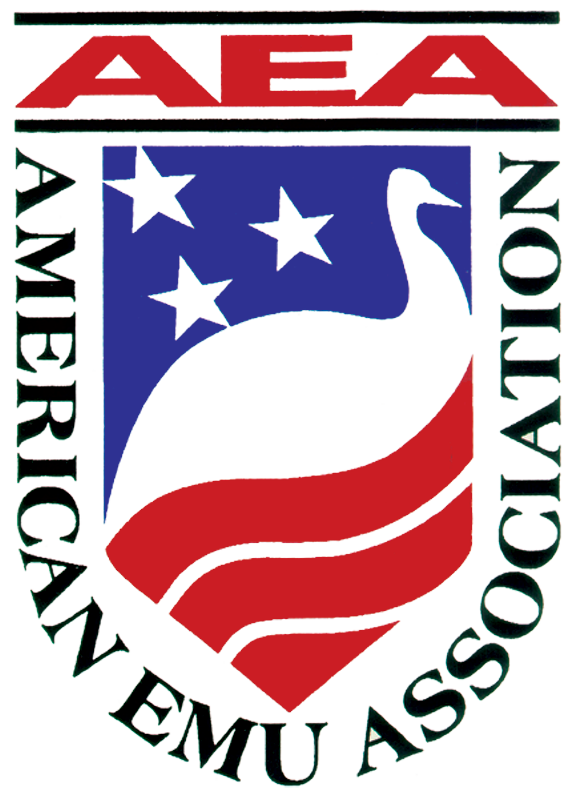Complete mitochondrial DNA genome sequences of extinct birds: ratite phylogenetics and the vicariance biogeography hypothesis.
The ratites have stimulated much debate as to how such large flightless birds came to be distributed across the southern continents, and whether they are a monophyletic group or are composed of unrelated lineages that independently lost the power of flight. Hypotheses regarding the relationships among taxa differ for morphological and molecular data sets, thus hindering attempts to test whether plate tectonic events can explain ratite biogeography. Here, we present the complete mitochondrial DNA genomes of two extinct moas from New Zealand, along with those of five extant ratites (the lesser rhea, the ostrich, the great spotted kiwi, the emu and the southern cassowary and two tinamous from different genera. The non-stationary base composition in these sequences violates the assumptions of most tree-building methods. When this bias is corrected using neighbour-joining with log-determinant distances and non-homogeneous maximum likelihood, the ratites are found to be monophlyletic, with moas basal, as in morphological trees. The avian sequences also violate a molecular clock, so we applied a non-parametric rate smoothing algorithm, which minimizes ancestor-descendant local rate changes, to date nodes in the tree. Using this method, most of the major ratite lineages fit the vicariance biogeography hypothesis, the exceptions being the ostrich and the kiwi, which require dispersal to explain their present distribution.
Proc R Soc Lond B Biol Sci. 2001 May 7;268(1470):939-45

Founded in 1989, The American Emu Association is a non-profit trade association representing breeders, producers and marketers of emu meat, oil and other emu co-products. The emu industry is an alternative agricultural industry, dominated by the small farmer, who is devoted to humane and environmentally positive practices that will produce beneficial products for society. For more information about the American Emu Association (AEA) or the emu industry visit http://aea-emu.org